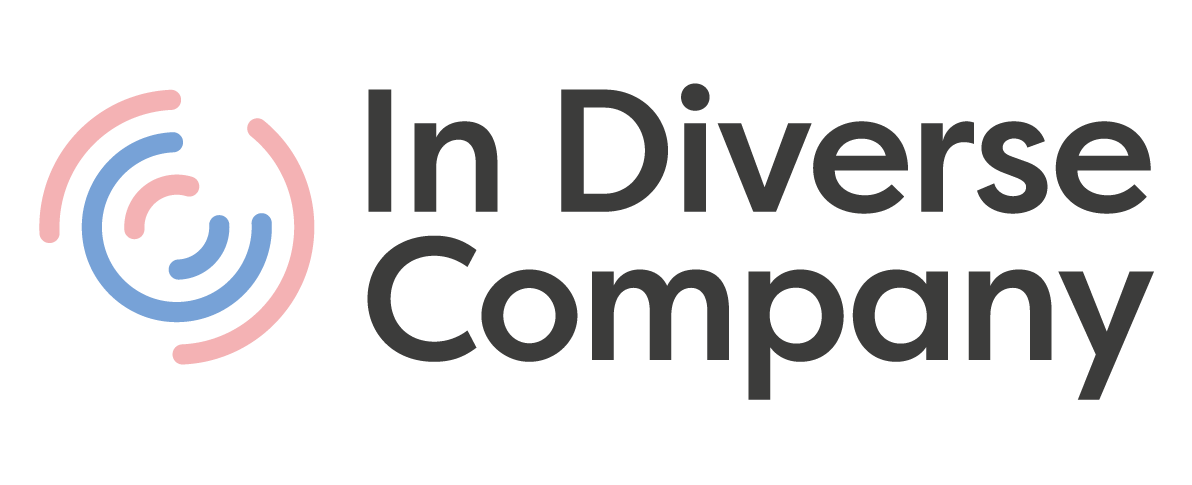Social Mobility
What we’re talking about

Our CEO
Johanna launched In Diverse Company in 2019 out of a strong belief that there was a better way to create and measure inclusive cultures.

Our team
We live by our values, and our approach to our own recruitment policy, team and purpose reflects this. We are a tech company driven by a senior team that are experts in people, with one of the only female CEOs of a HR tech platform across the world.

Our Platform: Include LXP™
Our Learning Platform, Include™ is the only LXP that combines Learning and Engagement. Include aims to create more inclusive working cultures and is underpinned by social and behavioural psychology principles.


